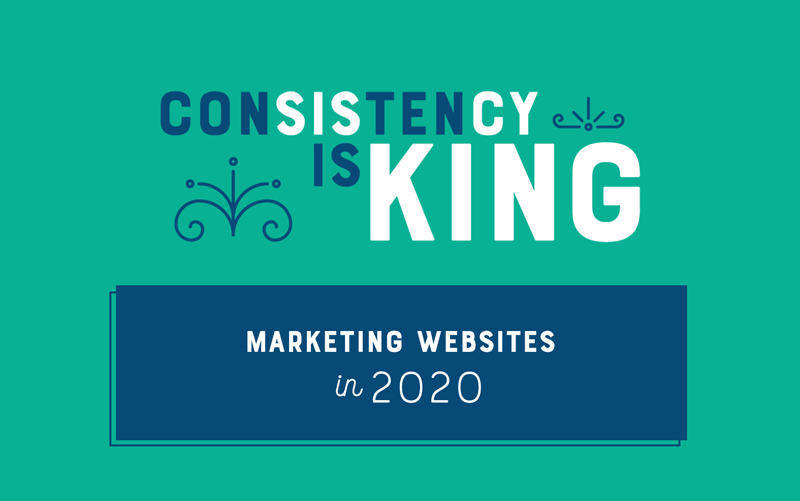
MYTH #2: Use repetitive keywords on your website and create as many blogs and content pieces as you can so that you will show up in Google’s search results.
Just a few years ago, Google loved keyword-packed marketing websites. But their algorithm has grown since then and it can tell when you are loading your site with unnecessary content.
Google has evolved its search engine to focus on search intent. The aim is to give users the best online experience possible, and a site loaded with buzzwords and multiple unhelpful pages doesn’t align with Google’s goals.
The progress Google has made is ultimately a benefit for marketers as well. You no longer need to spend time and money creating a vast marketing website and keyword-rich content. If you showcase your brand in an informative, consistent, and user-friendly way, Google’s site crawlers will favor your website as a credible resource, and you will rank well in search results.
While this is sound advice, making your site user-friendly isn’t a one-step process. There are plenty of factors to consider, like your specific audience, their needs, and your marketing goals. But there is a simple, actionable place to start – one which can make or break your credibility for Google. First and foremost, you need to maintain brand consistency.
Maintaining a consistent online presence is rarely noted as a must-do marketing tactic, but it’s absolutely necessary to rank well in search results. Your business information should be uniformly displayed across all your online channels. That way Google can verify and cite your business name, address, phone number, and website.
It’s a practice that sets you up for success with Google’s intent-based approach, which makes location a defining factor for search queries – and one of the most powerful marketing tools for small, local businesses.
For example, Google knows that users searching “mattress store near me” don’t want to visit a national mattress retailer’s website. They want a store in their area. With accurate citations, local businesses have the opportunity to shoot to the top of search results and reach these in-market customers.
Given this, how do you ensure that Google’s crawlers validate your brand’s citations and populate your search results? You plug them into multiple platforms – Google My Business, Facebook, Apple Maps, and Yelp are a few key places to start.
And it’s just as important to meticulously make sure your information is the same throughout. The difference between “123 Main St.” and 123 Main Street” may be minor, but Google will see it as a discrepancy.
It’s worth it to be precise to the utmost degree. Solid citations require much less work than churning out ineffective content and blog posts. And its value far outweighs the effort.
This simple task can shoot your business up the rankings of local search results, and with 97% of users turning to search engines to find a local business (GoGulf), it’s one of the most cost-effective ways to connect your brand with your ideal audience.
This is Part 2 of our Marketing Myths Blog, where we debunk persistent digital marketing myths and outline stronger, smarter strategies to meet your goals. Check out our next post on Email Marketing in 2020.
